TPU is almost a century and a half old. Of course, its buildings have their own history. Most of the polytechnic buildings of the early 20th century were designed by the architect of the Public Education Ministry, academician Robert Marfeld, the provincial architect and civil engineer Fortunat Gut, and the architect and engineer Andrey Kryachkov.
Main building, 30 Lenina Avenue
The main building of the Tomsk Technological Institute of Emperor Nicholas II had been constructed for 11 years (from 1896 to 1907). First, it was called the lecture building.
The first time after the completion of construction, the entire third floor of the building was occupied by drawing and drawing rooms.
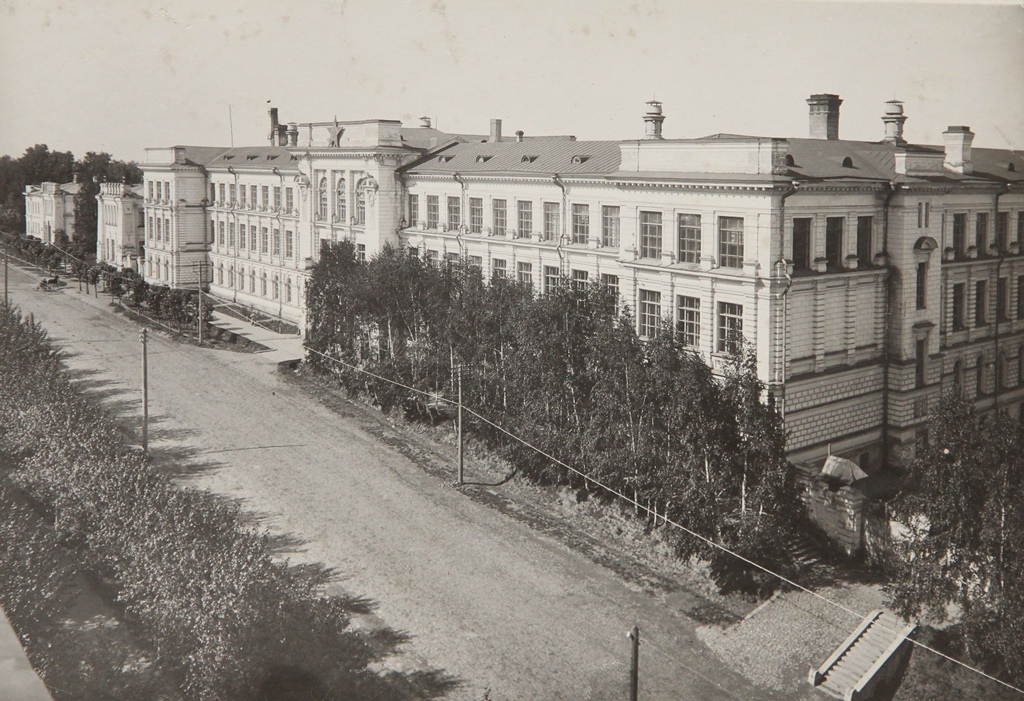



The construction of the Chemical Building lasted three years (from 1900 to 1903) and was completed earlier than the Lecture Building. This is one of the largest TPU buildings.
The wife and son of the General Commissar of State Security of the USSR, head of the NKVD, Lavrenty Beria, lived in the residential outbuilding of the corps during the Great Patriotic War.
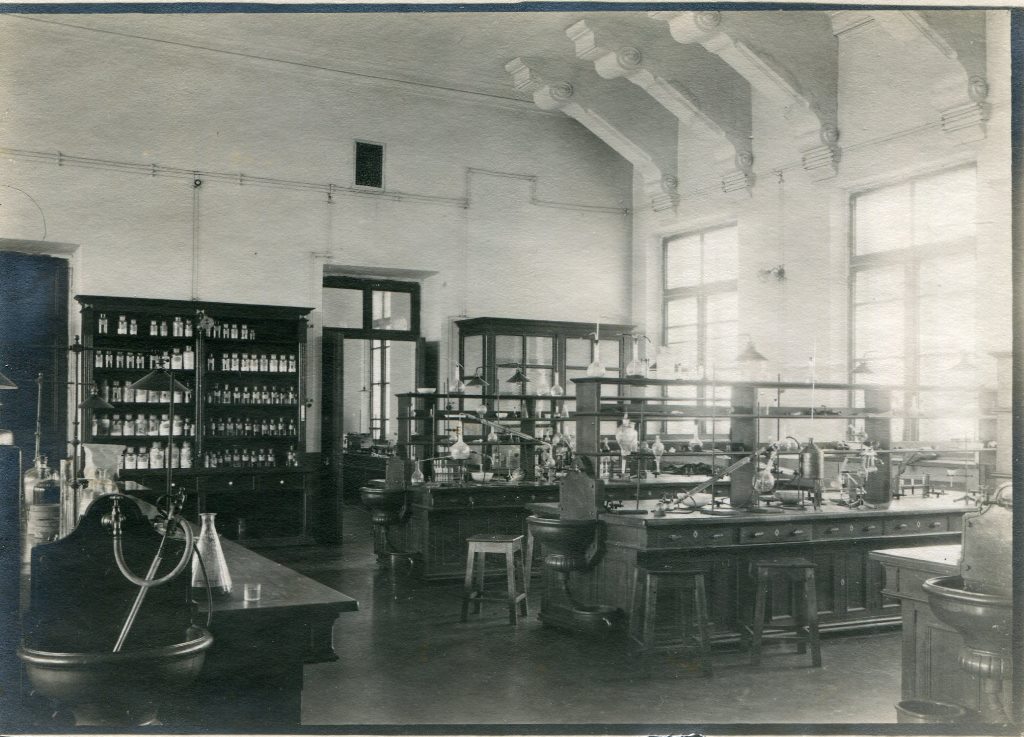


The third building was constructed in three years (1901 to 1904). In this building with two semi-enclosed yards the Institute of Applied Physics appeared in 1923. It was the first scientific research institute in Siberia.
Within these walls, 50 years earlier than America and Japan, TPU scientists created a trackless train on a magnetic cushion, built the first Siberian airplane, and in the fifties opened the first television center in Siberia and the fifth in the country.
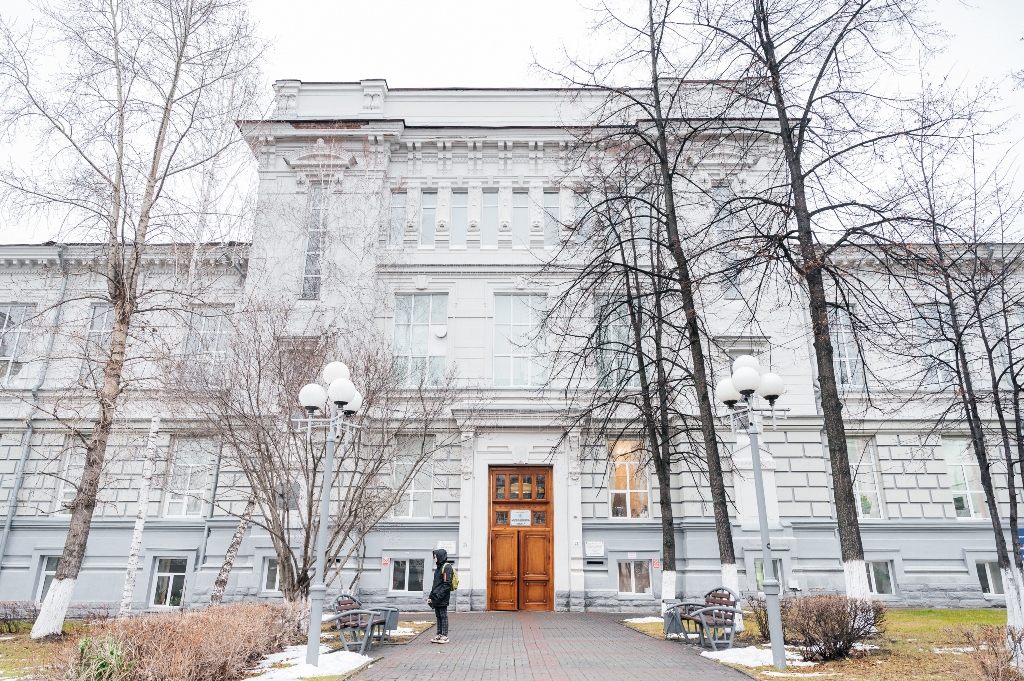


This building was constructed in just three years (1902 to 1905). The building contained classrooms, laboratories, and museums.
A three-story residential outbuilding for lecturing staff adjoined to it. There are now professorial apartments, which, with their layout, return residents and guests to the beginning of the 20th century.


The TPU tenth building was constructed in 1956 on the square in front of the Lagerny Garden.
For many years, the Physics and Technology, and Electrical Physics Faculties were located here.
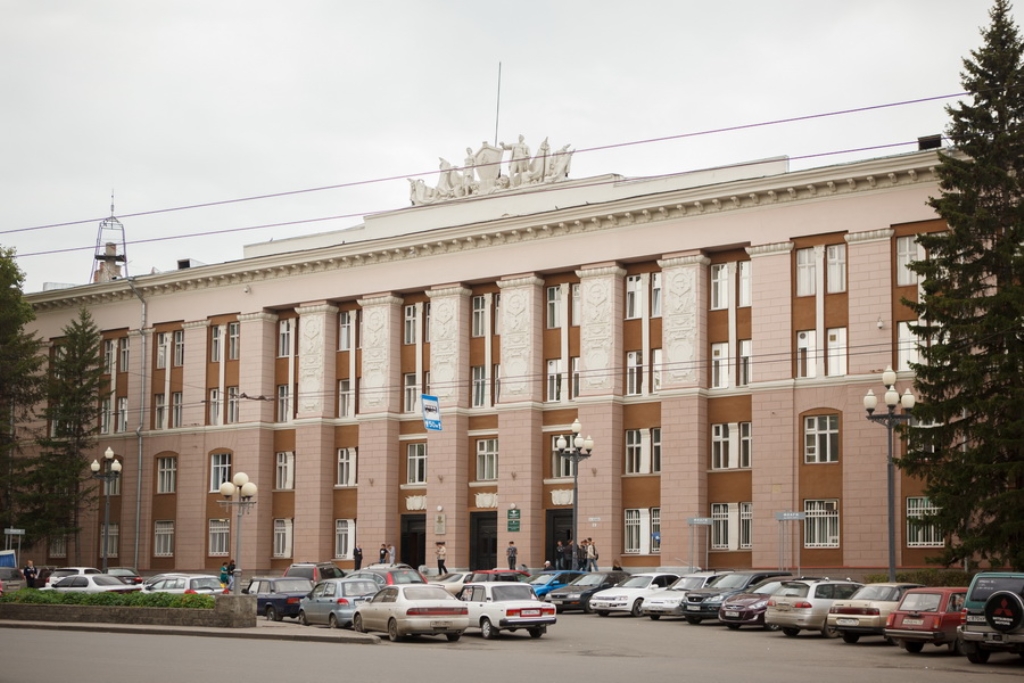


The TPU fourth building was constructed during four years (1903 to 1907). At the beginning of the 20th century, the building had quite a lot of classrooms for practical lessons. There was a laboratory for heat engineering and steam boilers, a hydraulic laboratory, and a machine room (power plant).
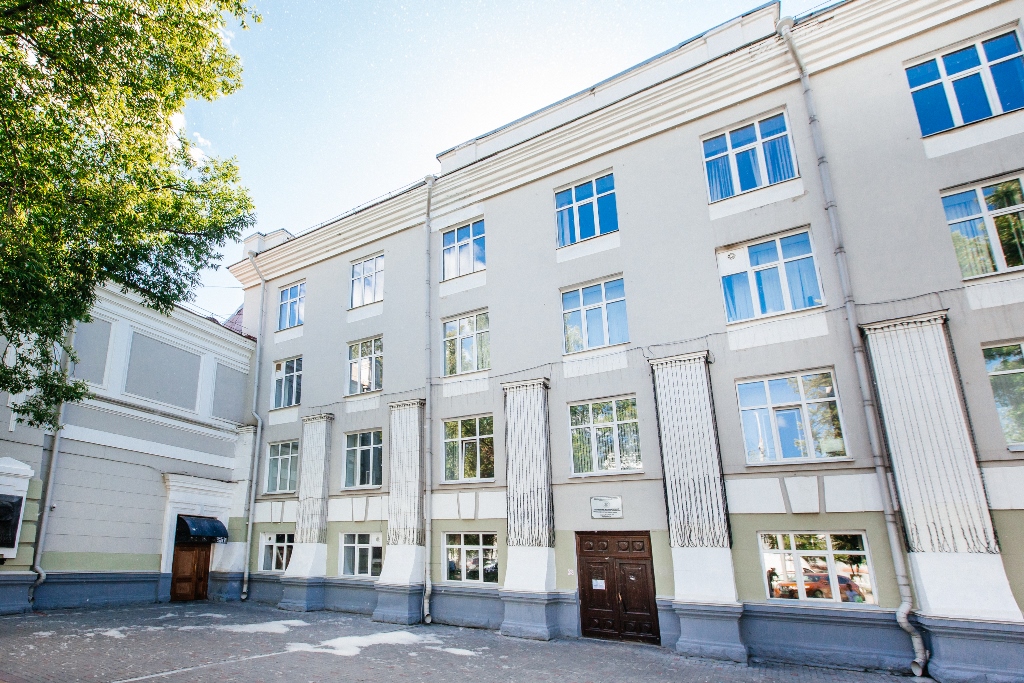


Building No. 17 was constructed in 1905 by engineer Stanislav Khomich according to the Fortunat Gut and Boris Enken design.
At the beginning of the 20th century, a gas plant was located in the building, where the lighting gas needed for the university was produced. A tunnel was built from the gas plant to the gas-bag.
The TPU eleventh building was constructed from 1950 to 1952 for the Faculty of Physics and Technology. Later, the Research Institute of High Voltages and the Research Institute of Nuclear Physics were located there.
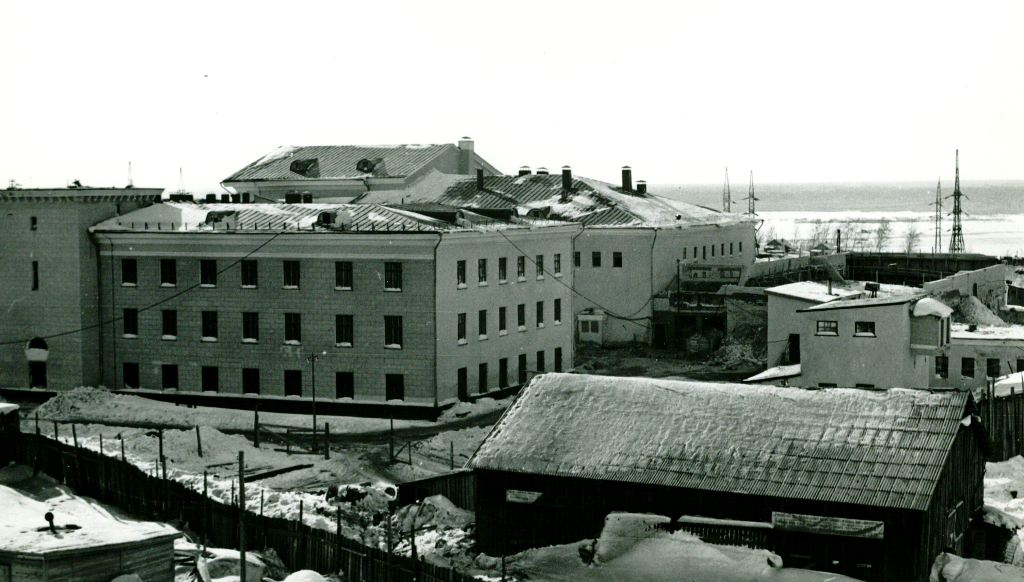

The ninth building is the oldest TPU building. It was constructed in 1833. Karl Turskiy led the construction. Earlier there was a prison castle.
This building housed the Siberian Coal (Mining) Institute in the 1930s.
Building No. 14, 4 Karpova Street
In 1928, a physical training course was introduced in TPU. In 1934, new sports equipment appeared in the sports halls, and the department of physical culture was opened. At the origins of its formation were Nikolai Zhuravlev and a graduate of the Faculty of Mechanical Engineering Dmitry Moravetsky.
In addition to military-applied activities, the department developed athletics, skiing, boxing, weightlifting, football, basketball, and volleyball. In the post-war years, the first tradition of the department was laid; sports and athletics among faculty teams.
